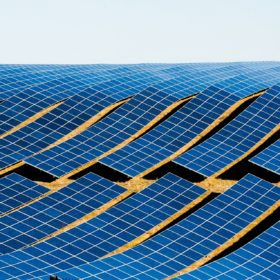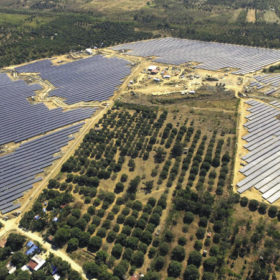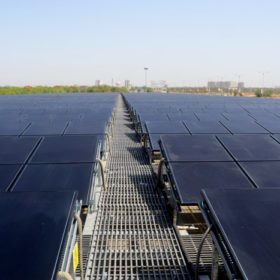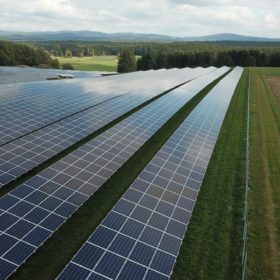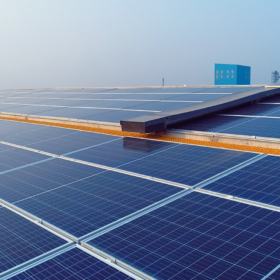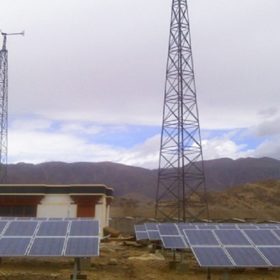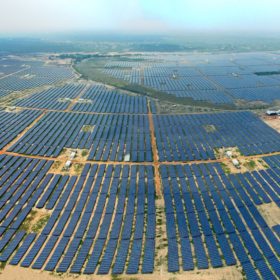Indian researchers create bio-inspired algorithm for MPPT optimization
Indian researchers have created a hybrid salp swarm algorithm to optimize MPPT tracking in PV systems under partial shading conditions. It is based on the swarming behavior of salps in the ocean.
Okaya Power to install more than 10,000 EV charging solutions
The New Delhi-based energy storage manufacturer has AC/DC charging stations and off-board charger solutions in its e-mobility product range.
Oil India seeks installers for 100 MW-plus solar plants
The state-run oil and natural gas major has issued a call for expressions of interest in installing the solar plants anywhere in India on a turnkey basis. November 27 is the last date to lodge the interest.
The long read: ASEAN’s looming renewables revolution
Southeast Asia, when taken as a whole, is a global laggard in the uptake of renewable energy, but some countries are leading the way, such as Vietnam, the Philippines, and Myanmar. And as ‘Angry Clean Energy Guy’ Assaad W. Razzouk argues, policymakers in the region cannot hold back the tide of solar and wind for much longer.
The best PV module cooling technique
An international research team has analyzed all existing cooling technologies for PV panels and has indicated the current best options and future trends of research. According to its findings, active water cooling, although expensive and not particularly practical, is the most effective cooling technique while passive cooling systems, despite being easy to apply, have still limited possibilities.
Infosys turns carbon neutral
The Bengaluru-headquartered IT major has become carbon neutral for FY2020 across all emissions, 30 years ahead of the Paris Agreement’s 2050 timeline. The company reduced its energy consumption significantly with energy-efficiency measures, green buildings, renewable energy use, and carbon offset projects in the community to achieve this goal.
KKR’s India platform will acquire operating renewables assets
Headquartered in Mumbai, Virescent Infrastructure owns 169 MWp of solar assets in Maharashtra and 148 MWp in Tamil Nadu.
Best Power Equipments bets on solar
The electronics manufacturer says it will switch focus to solar panels and lithium battery storage as it launches an inverter series for rooftop PV.
Towards a distributed solar energy future
A study by Auroville Consulting assesses the techno-commercial impact of generating solar power close to the point of consumption. The study was undertaken on ten feeders of a substation in the Erode district of Tamil Nadu. The results indicated that 100% solar energy penetration, in energy terms, is not only possible but a winning proposition, especially for the distribution companies.
Wood Mackenzie expects Indian solar installations to drop 42% this year
The global newly installed PV capacity for this year would be around 115 GW–5% more than that of 2019 despite the Covid-19 crisis. India will add just 4.9 GW due to strong Covid measures taken.


